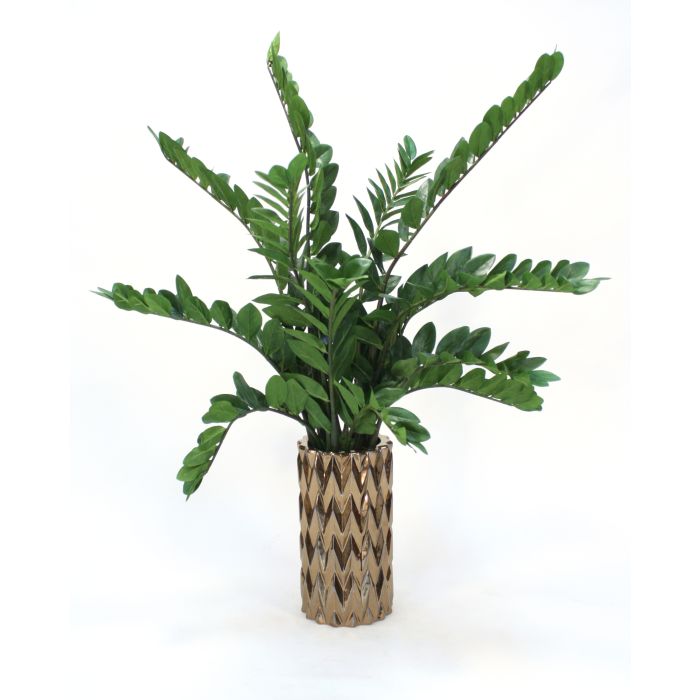

‘Seaside’ goldenrod differs from other varieties in appearance as it produces tall slender stems atop basal foliage. ‘Seaside’ goldenrod ( Solidago sempervirens) ‘Bog’ goldenrod will not tolerate dry soil. wand-like plumes in late summer and early fall. Flowers are held close to the stem atop 2-to-5-foot stalks creating delicate, yellow.
Zigzag plant with flower full#
This variety is hardy in USDA pant hardiness zone 3 through 8 and thrives in full sun. It can be found in wet, marshy or boggy areas and is ideal for planting in a sunny bog garden or around the perimeter of ponds and water features. ‘Bog’ goldenrod is one of the few goldenrod varieties that prefers wet soil. Plant ‘Zig Zag’ in your flowerbed for a showy display of color in the fall. ‘Zig Zag’ goldenrod prefers full sun to partial shade and thrives in poor to average well-drained soil. This variety grows to heights of 1 to 3 feet and thrives in USDA plant hardiness zones 3 through 8. ‘Zig Zag’ goldenrod earns its name from its attractive zig zagging stems adorned with bright yellow blooms in the late summer and early fall. ‘Zigzag’ goldenrod (Solidago flexicaulis) Spreading can be controlled by deadheading the blooms as soon as they fade to prevent re-seeding and by digging them up and dividing the rhizomes every two to three years.Ĭonsider the following varieties of goldenrod for your flowerbed or wildflower garden. Most tolerate poor to moderate soil as long as it drains well and thrive in full to partial sun.īecause they can be invasive, care must be taken to plant them in areas where spreading is not an issue. Although they are often considered a weed or invasive wildflower, goldenrod can be grown in flowerbeds to add a brilliant splash of color in the fall. I like my plant leafy!įollow Anne K Moore and Linda Weiss as they blog at Diggin’ It at the Christian Science Monitor website.Īll articles are copyrighted and remain the property of the author.Goldenrod ( Solidago) encompasses about 150 species worldwide with approximately 60 species growing wild throughout eastern North America. I think I will take a softwood cutting and grow another plant just to see what the flowers look like. If I grew it in full sun and didn’t give it water when it was dry, it would most likely lose its leaves but it would probably show me those odd flowers on the ends of the stems by mid-summer. I water it when it dries out so it becomes a lovely, lush plant. My Devil/zigzag/slipper/bird plant spends summers out of doors in the shade of a porch. The second thing I learned, I have been too good to my plant so it has never blossomed.

First, this plant will bloom with red flowers resembling either a slipper or a bird, perhaps depending on how you squint at it. This is an all-season plant, perfect for indoor growing conditions and outdoor sometimes care.Īfter a bit of research, I discovered two things. The rest of us can grow this unusual plant as a houseplant indoors and to add a tropical flair outdoors during the warm days of summer. It thrives in Southern California, Southern Florida, and Southern Texas. Sun and cold cause the leaves to turn pink. This is where the water is stored, as sap. The Devil’s Backbone and Zigzag names come from the zzz’s of the stems, which are quite fleshy. I see his garden when I look at this plant he shared with me.) (If you want to be remembered, share your plants. Why “Japanese” when it comes from Central America is a mystery to me.Ī gardener friend gave me my Variegated Devil’s Backbone as a cutting, a friend who passed away two years ago. That also accounts for the Poinsettia in Japanese Poinsettia. I know my plant as Devil's Backbone ( Pedilanthus tithymaloides) a euphorbia, which is where the spurge part of Slipper Spurge comes from. Yet this plant is considered unusual in most of the U.S. Zigzag Plant, yes, but Slipper Spurge? There are still more names in the common vernacular for this plant found growing over much of Southern Florida. Talk about conjuring up very different images with common names.įor the life of me, I can’t quite figure out why this plant is also known as Japanese Poinsettia. On the other hand, Devil’s Backbone might give some gardeners pause.


 0 kommentar(er)
0 kommentar(er)
